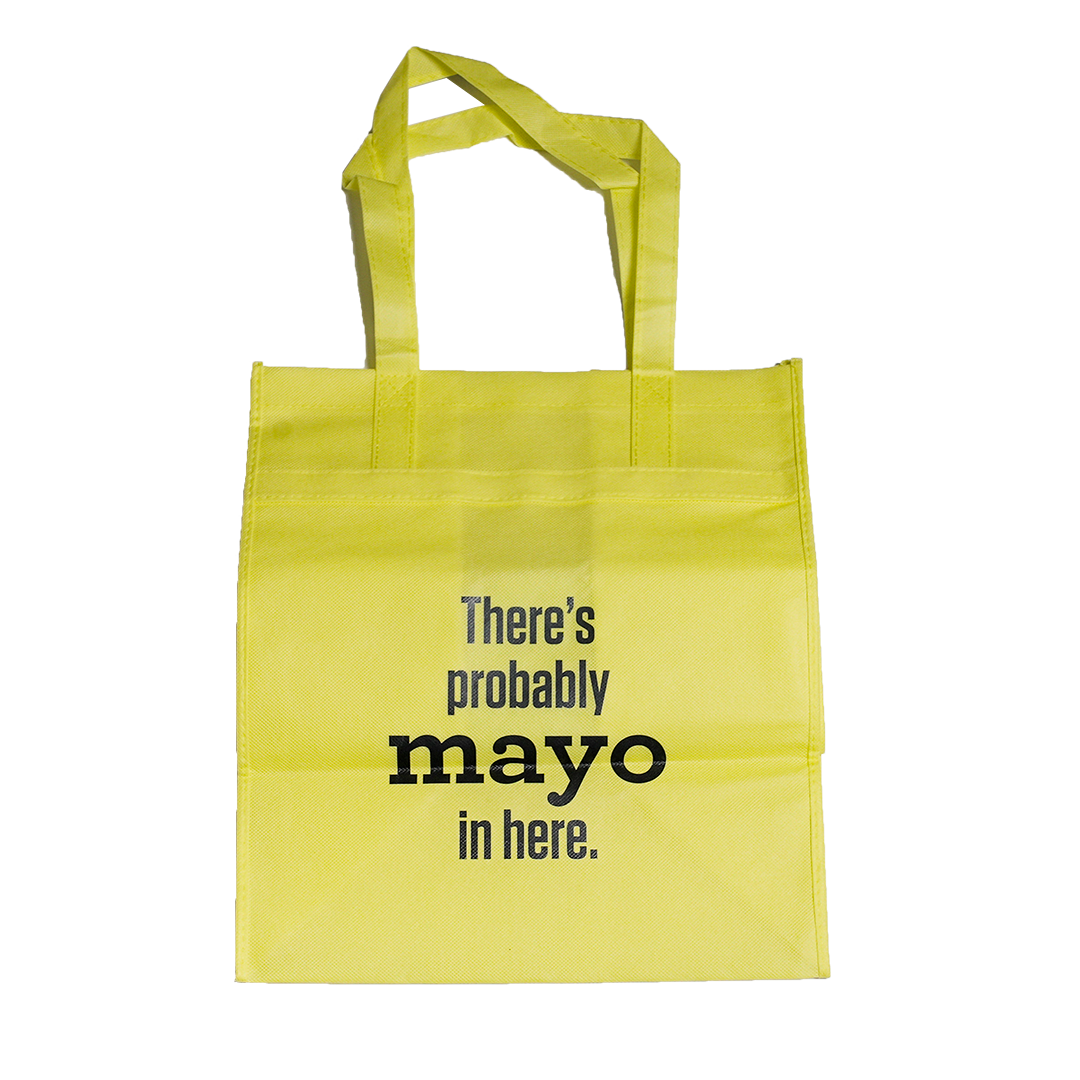A "mayo bag" typically refers to mayonnaise packaged in a flexible pouch or bag, as opposed to a rigid jar or bottle. This packaging format is prevalent in various sectors, particularly foodservice and bulk retail.
Common Applications
The primary use of mayo bags is in commercial kitchens, restaurants, catering services, and institutional cafeterias. These large-format bags, often ranging from 1 to 5 gallons (or equivalent metric volumes), are designed for high-volume usage. They can be used to refill smaller dispensing bottles, integrated with pump systems, or used directly by scooping the contents. Smaller, consumer-sized mayo bags are also available in some markets, offering an alternative to traditional jars, sometimes marketed for convenience or reduced packaging waste.
Advantages of Mayo Bag Packaging
- Efficiency and Cost-Effectiveness: Bulk packaging in bags generally offers a lower cost per ounce compared to smaller retail containers. It also allows for more complete product evacuation, minimizing waste.
- Space Savings: Flexible bags are more space-efficient for storage, both when full and when empty (for disposal), compared to rigid containers.
- Reduced Breakage Risk: Unlike glass jars, plastic bags eliminate the risk of breakage during transport and handling.
- Portion Control (Foodservice): When used with compatible dispensing systems, mayo bags can facilitate more consistent portioning.
- Extended Freshness (Unopened): Many mayo bags are designed with materials that provide excellent barrier properties, helping to maintain product quality and shelf life before opening.
Considerations for Use
While advantageous, there are aspects to consider when using mayo bags:

- Handling and Dispensing: Large bags can be unwieldy. Proper techniques or dispensing tools (e.g., pumps, specialized spatulas) are often necessary to manage the product hygienically and efficiently.
- Storage After Opening: Once opened, the mayonnaise requires refrigeration and proper sealing to maintain food safety and quality. The bag opening must be managed to prevent contamination.
- Susceptibility to Puncture: While durable, flexible bags can be more prone to puncture than rigid containers if not handled with care.
Overall, mayo bags provide a practical and economical solution for mayonnaise packaging, especially for high-volume users, balancing convenience with efficiency.







